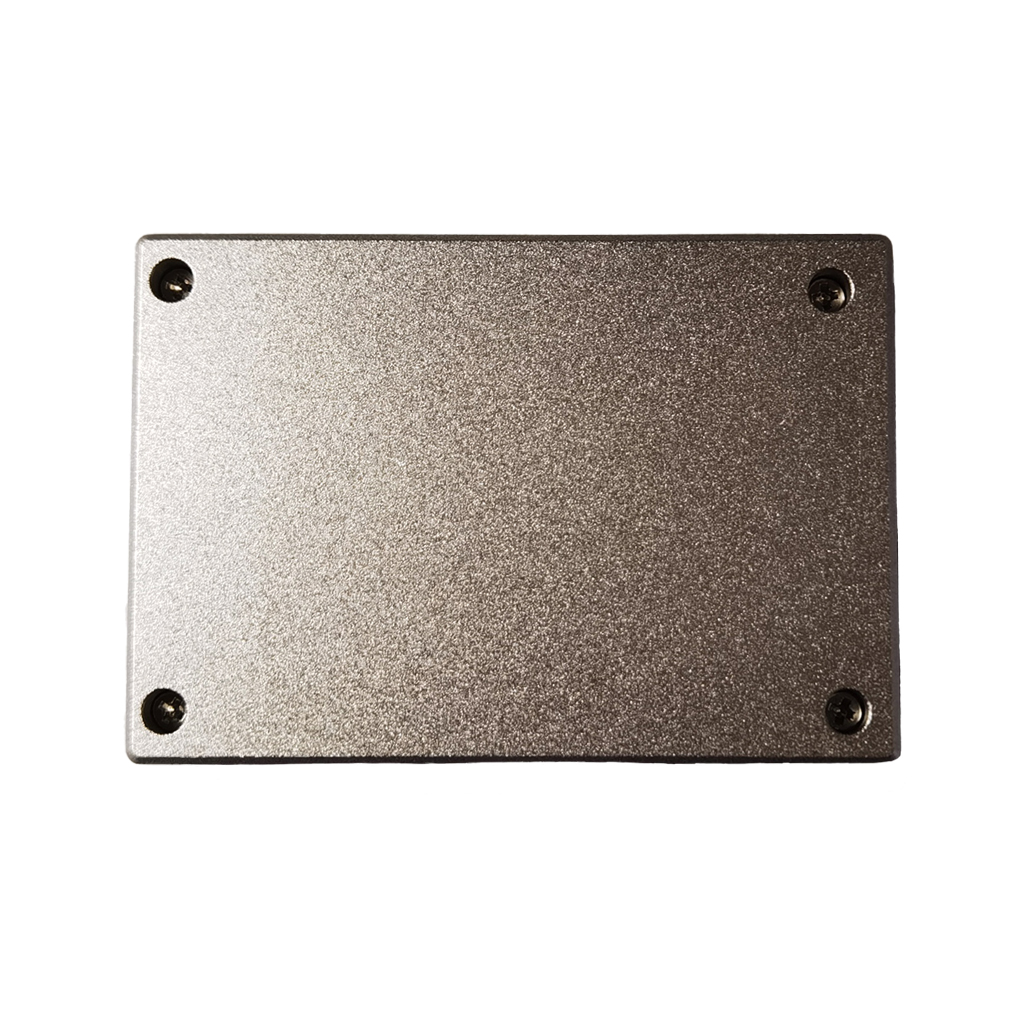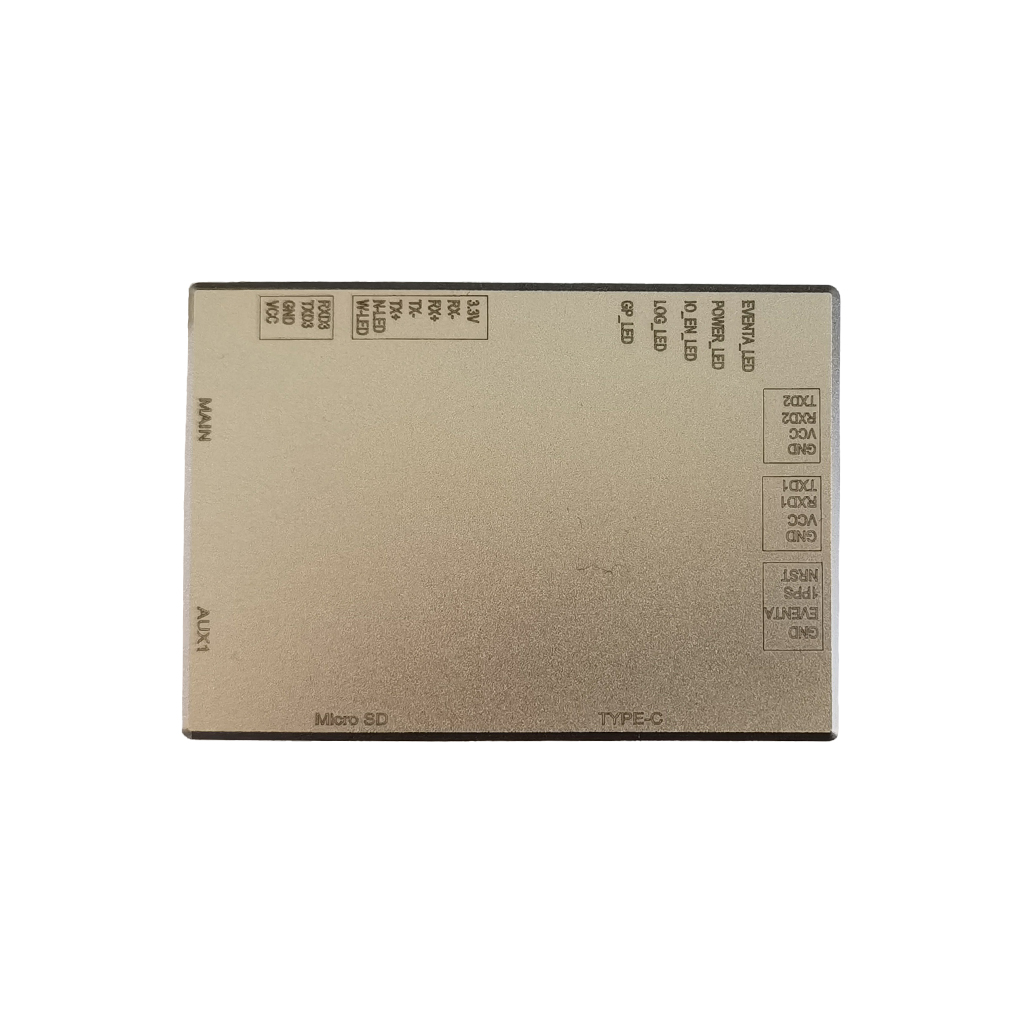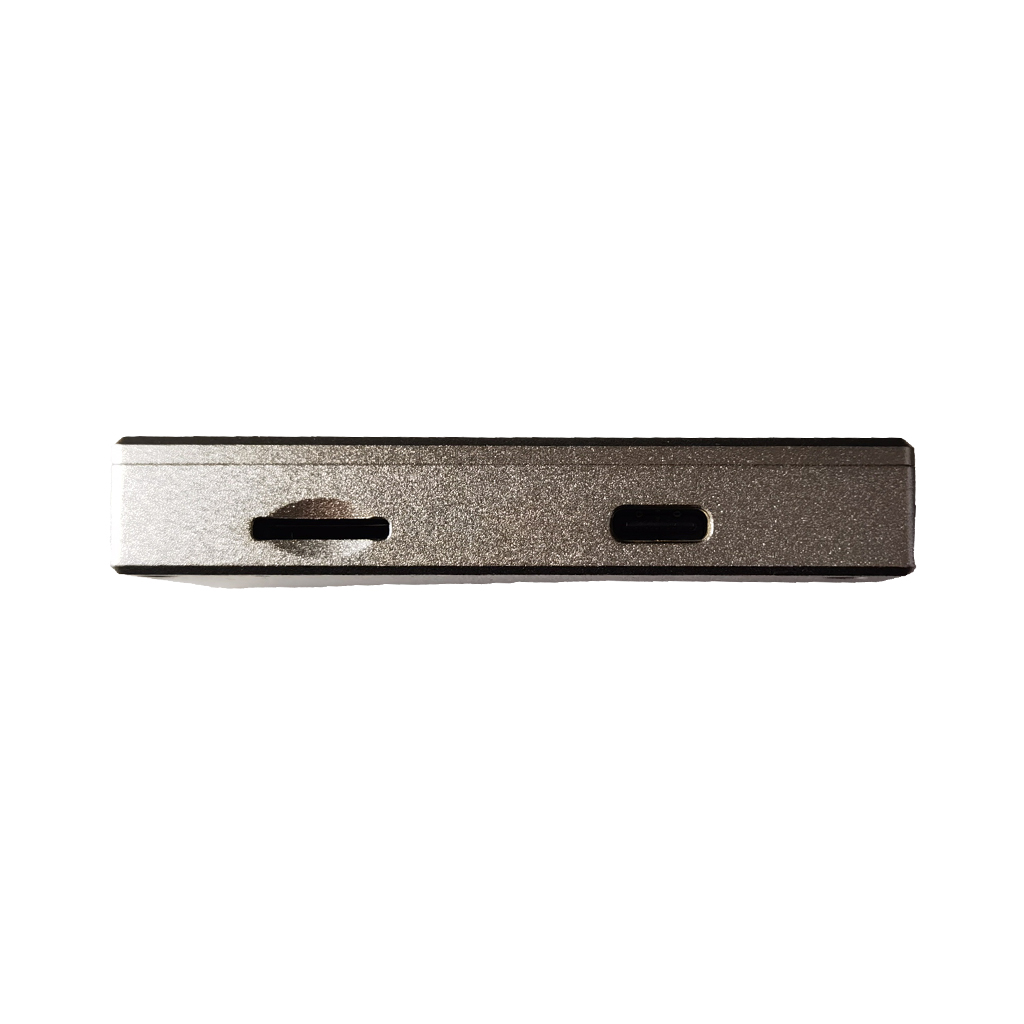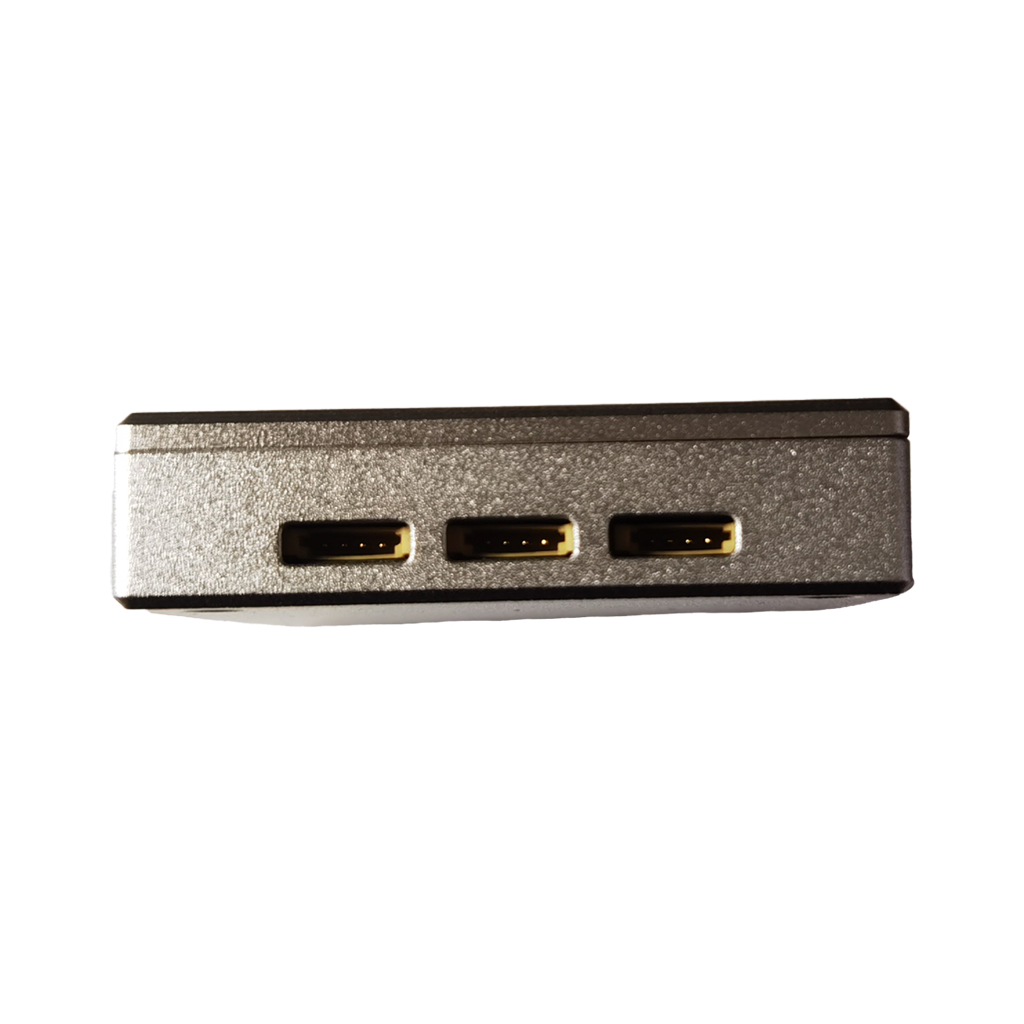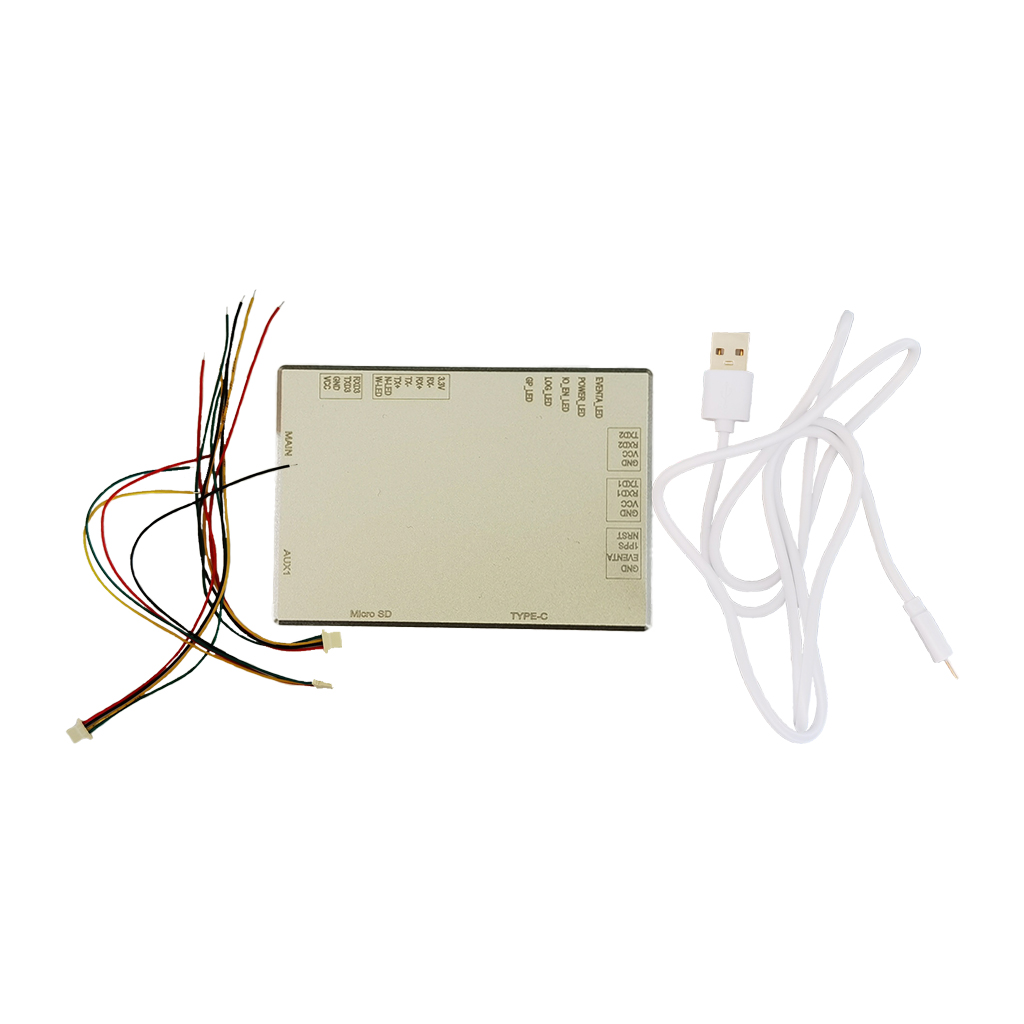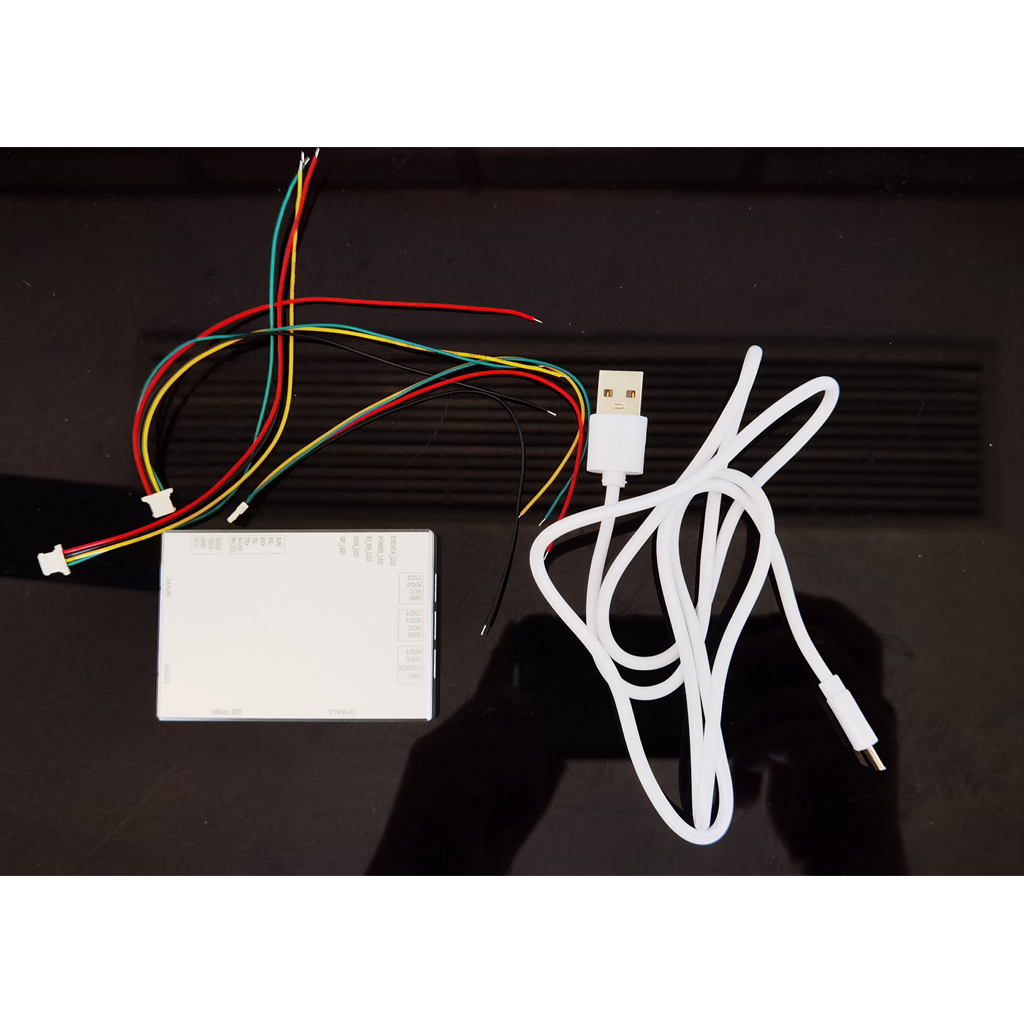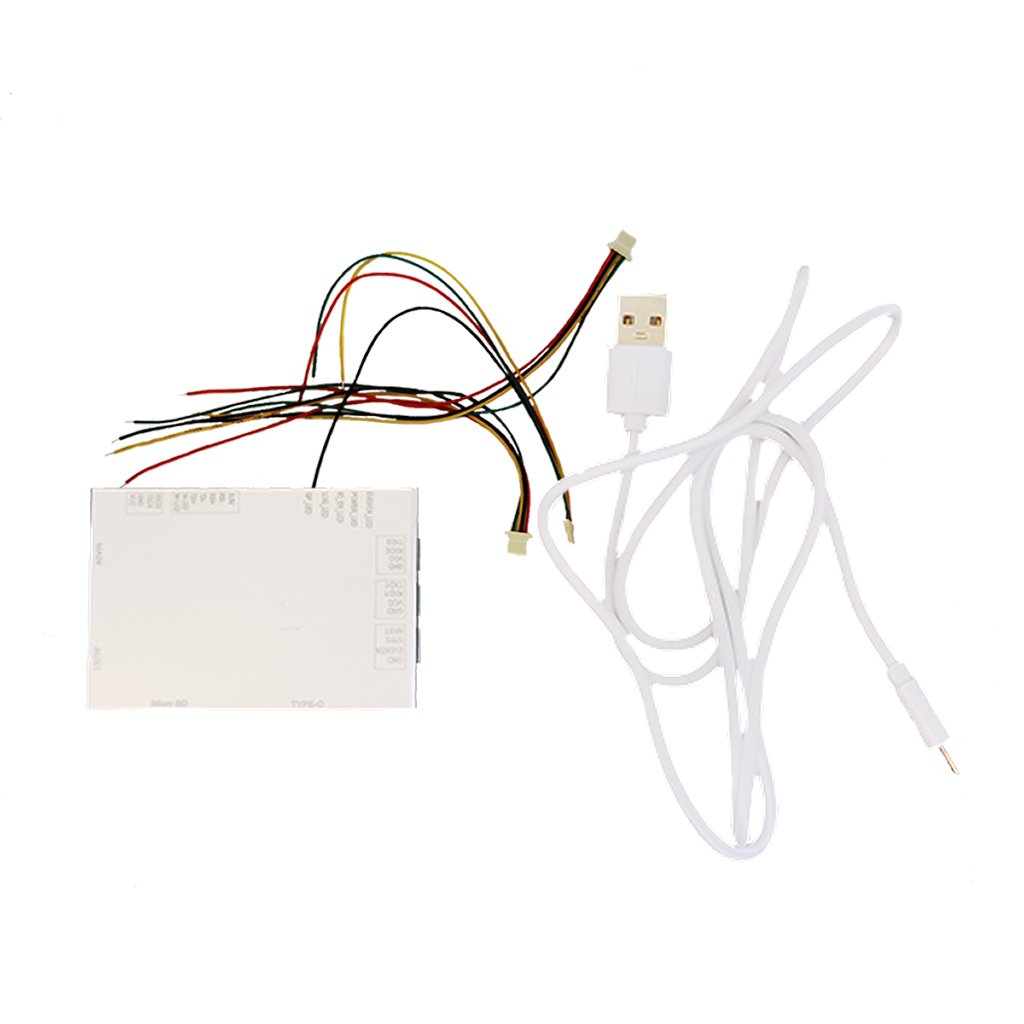Description
The M9 GNSS receiver is a cutting-edge positioning device that leverages multiple GNSS constellations to deliver highly accurate and reliable location data. It is designed to support applications requiring precise positioning and timing information, such as autonomous vehicles, geospatial surveying, and precision agriculture. The M9 GNSS receiver combines advanced technology with robust performance to meet the demanding needs of modern navigation systems.
1. Multi-Constellation Support
- Benefit: The M9 GNSS receiver supports multiple satellite constellations, including GPS, GLONASS, Galileo, and BeiDou. This multi-constellation capability enhances positioning accuracy and reliability by providing access to a larger number of satellites.
- Application: Ideal for use in challenging environments where satellite visibility may be limited, such as urban canyons or dense forests.
2. High Precision and Accuracy
- Benefit: The M9 GNSS receiver offers high precision with centimeter-level accuracy when used with Real-Time Kinematic (RTK) or Differential GNSS (DGNSS) corrections. This level of accuracy is crucial for applications that require precise location data.
- Application: Perfect for geospatial surveying, precision agriculture, and construction.
3. Advanced Signal Processing
- Benefit: The receiver features advanced signal processing algorithms that enhance its ability to acquire and track weak signals, even in environments with significant interference.
- Application: Ensures reliable performance in areas with high levels of electronic noise, such as urban settings and industrial sites.
4. Robust Design and Durability
- Benefit: The M9 GNSS receiver is built to withstand harsh environmental conditions, including extreme temperatures, humidity, and physical shocks. Its rugged design ensures long-lasting performance in demanding field conditions.
- Application: Suitable for outdoor applications and use in challenging environments, such as remote or harsh terrains.
5. Low Power Consumption
- Benefit: The receiver is designed to be energy-efficient, making it ideal for applications where power availability is limited or for use in battery-operated devices.
- Application: Ideal for portable and remote monitoring systems, as well as IoT devices.
6. Versatile Connectivity Options
- Benefit: The M9 GNSS receiver offers multiple connectivity options, including USB, Bluetooth, and serial interfaces, allowing for easy integration with various systems and devices.
- Application: Facilitates seamless integration into existing infrastructure and compatibility with a wide range of equipment.
7. Real-Time Data Output
- Benefit: The receiver provides real-time data output in standard formats, such as NMEA 0183, which can be used by other systems or applications for real-time navigation and tracking.
- Application: Essential for applications that require live location updates, such as fleet management and autonomous vehicle navigation.
RTK performance1,2,3
Horizontal accuracy 0.6 cm + 0.5 ppm
Vertical accuracy 1 cm + 1 ppm
Initialisation 7 s
GNSS attitude accuracy1,2
Antenna separation Heading Pitch/Roll
1 m 0.15° 0.25°
5 m 0.03° 0.05°
Position accuracy1,2 Horizontal Vertical
Standalone 1.2 m 1.9 m
SBAS 0.6 m 0.8 m
DGNSS 0.4 m 0.7 m
Velocity accuracy1,2 0.03m/s
Maximum update rate
Position 100 Hz
Measurements 100 Hz
Latency4 <10 ms
Time precision
xPPS out5 5 ns
Event accuracy < 20 ns
Time to first fix
Cold start6 < 45 s
Warm start7 < 20 s
Re-acquisition avg. 1 s
Tracking performance (C/N0 threshold)
Tracking 20 dB-Hz
Acquisition 33 dB-Hz
OPTIONAL ACCESSORIES
*Antennas
*SDK library for UAS applications
*Robotics interface board
PHYSICAL AND ENVIRONMENTAL
Size 47.5 x 70 x 9.32 mm
1.87 x 2.75 x 0.36 in
Weight 27 g / 0.952 oz
Input voltage 3.3 VDC ± 5%
Power consumption
GPS L1/L2 750 mW
GPS/GLO L1/L2 800 mW
All signals, all GNSS 1000 mW
constellations
Antenna
Connectors8 2 x MMCX
Antenna supply voltage 3-5.5 VDC
Maximum antenna current 150 mA
Antenna gain range 15-45 dB
I/O connectors9
30 Pins Hirose DF40 socket
60 Pins Hirose DF40 socket for expanded
connectivity
Environment
Operating temperature -40° C to +85° C
-40° F to +185° F
Storage temperature -55° C to +85° C
-67° F to +185° F
Humidity 5% to 95% (non-condensing)
Vibration MIL-STD-810G
Certification
RoHS, WEEE, CE, FCC, UKCA, ISO 9001-2015
1 Open sky conditions
2 RMS level
3 Baseline < 40 Km
4 99.9%
5 Including software compensation of sawtooth effect
6 No information available (no almanac, no approximate position)
7 Ephemeris and approximate position known
8 Second connector for heading configuration
9 Backwards compatible with AsteRx-m for easy replacement
*Flexibility of use and easy-to-integrate
*Best-in-class SWaP (Size, Weight and Power)
*AIM+ industry-leading anti-jamming, anti-spoofing technology
*OSNMA Support
*Full-constellation, triple-frequency satellite tracking
*Sub-degree GNSS heading & pitch or heading & roll
*High update rate with low latency
Top performance in challenging environments
The AsteRx-m3 Pro+ is designed to deliver reliable and robust positions even in challenging environments.
The GNSS+ toolset is the technology that allows AsteRx-m3 Pro+ to be reliable also in challenging environments where the GNSS signal is disturbed or the receiver is subject to shocks and vibrations:
*LOCK+ for robust tracking during high vibrations and shocks
*APME+ to disentangle direct signal and those reflected from nearby structures
*IONO+ provides advanced protection against ionospheric disturbance
*AIM+ most advanced anti-jamming, anti-spoofing on-board interference mitigation technology on the market (narrow and wide band, chirp jammers).
BENEFITS
State of the art with flexibility of use
The AsteRx-m3 Pro+ is a state-of-the-art GNSS receiver using triple frequency and multi-constellation GNSS technology both for maximal positioning availability and reliability in challenging conditions. It can be used as a base station or a rover receiver in single or dial antenna configuration. In dual antenna mode GNSS heading provides unmatched performance in both static and dynamic conditions removing the reliance on vehicle dynamics or magnetic sensors.
Such a versatile receiver allows integrators to keep a single item in stock which can be used in a multitude of applications. During the manufacturing process the needed features can be activated depending on the intended application.
Ultra-low power design
The AsteRx-m3 Pro+ provides RTK positioning at the lowest power consumption of any comparable device on the market. This means longer operation on a single battery charge, smaller batteries and greater usability.
Easy-to-integrate
The AsteRx-m3 Pro+ comes with fully documented interfaces, commands and data messages. The included RxTools software allows receiver configuration and monitoring as well as data logging and analysis. An SDK is provided, which allows integrators to create professional custom post-processing applications. AsteRx-m3 Pro+ is compatible with its SDK library for PPK (Post-processed kinematic) offline processing.
GNSS signals
544 Hardware channels for simultaneous tracking of most visible signals:
*GPS: L1 C/A, L1C, L2C, L2 P(Y), L5
*GLONASS: L1 C/A, L2C/A, L3, L2P
*BeiDou: B1I, B1C, B2a, B2b, B2I, B3I
*Galileo: E1, E5a, E5b, E6
*QZSS: L1 C/A, L1 C/B, L2C, L5
*NavIC: L5
*SBAS: EGNOS, WAAS, GAGAN, MSAS, SDCM
Septentrio’s patented GNSS+ technologies
„ AIM+ industry leading anti-jamming, anti-spoofing interference monitoring & mitigation technology
„ IONO+ advanced scintillation mitigation
„ APME+ a posteriori multipath estimator for code and phase multipath mitigation
„ LOCK+ superior tracking robustness under heavy mechanical shocks or vibrations
„ RAIM+ (Receiver Autonomous Integrity Monitoring)
OSNMA Support
Formats
Septentrio Binary Format (SBF), fully documented with sample parsing tools
NMEA 0183, v3.01, v4.0
RTCM v2.x, v3.x (MSM messages included)
CMR v2.0 and CMR+ (CMR+ input only)
Connectivity
4 Hi-speed serial ports (LVTTL)
1 USB device port (TCP/IP communication and with 2 extra serial ports)
xPPS output (max 100Hz)
Ethernet port (TCP/IP, UDP, LAN 10/100 Mbps)
2 Event markers
Outputs to drive external LEDs
General purpose output
NTRIP (server, client, caster)
FTP server, FTP push, SFTP
SUPPORTING COMPONENTS
Web UI with full control and monitoring functionality.
RxTools, a complete and intuitive GUI tool set for receiver control, monitoring, data analysis and conversion.
GNSS receiver communication SDK. Available for both Windows and Linux.
1. What is a GNSS receiver?
- Answer: A GNSS receiver is an electronic device that captures signals from satellites in various GNSS constellations (e.g., GPS, GLONASS, Galileo, BeiDou) to determine its precise location, velocity, and time. It is used in navigation, surveying, and timing applications.
2. How does the M9 GNSS receiver achieve high accuracy?
- Answer: The M9 GNSS receiver achieves high accuracy through multi-constellation support, advanced signal processing, and the use of correction techniques like RTK and DGNSS. These methods enhance the precision of the location data to centimeter-level accuracy.
3. Can the M9 GNSS receiver be used in urban areas?
- Answer: Yes, the M9 GNSS receiver is well-suited for urban environments. Its multi-constellation capability and advanced signal processing allow it to acquire and track signals even in areas with limited satellite visibility and high interference.
4. Is the M9 GNSS receiver suitable for outdoor use?
- Answer: Absolutely. The M9 GNSS receiver is designed to be durable and withstand harsh environmental conditions, making it ideal for outdoor applications such as geospatial surveying, agriculture, and environmental monitoring.
5. What connectivity options does the M9 GNSS receiver offer?
- Answer: The M9 GNSS receiver offers versatile connectivity options, including USB, Bluetooth, and serial interfaces. This allows for easy integration with various systems and devices, facilitating data transfer and communication.
6. How does the M9 GNSS receiver handle signal interference?
- Answer: The M9 GNSS receiver uses advanced signal processing algorithms to detect and mitigate signal interference. This ensures reliable performance even in environments with high levels of electronic noise or physical obstructions.
7. What types of correction techniques can be used with the M9 GNSS receiver?
- Answer: The M9 GNSS receiver supports various correction techniques, including Real-Time Kinematic (RTK) and Differential GNSS (DGNSS). These techniques provide real-time corrections to enhance positioning accuracy to centimeter levels.

